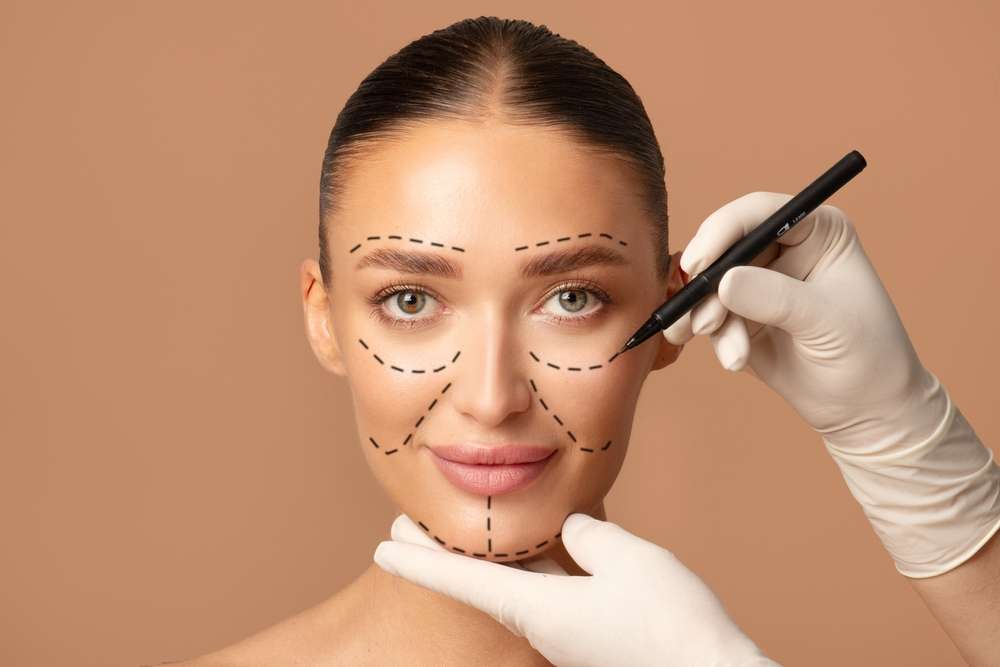Understanding Eye Bag Treatment Options: Causes and Solutions
Eye bags can significantly impact facial appearance and self-confidence. These under-eye pouches occur when tissues around the eyes weaken and fat deposits shift forward, creating a puffy, swollen appearance. Whether caused by genetics, aging, lifestyle factors, or medical conditions, various treatment options exist—from simple home remedies to advanced medical procedures—that can effectively address this common cosmetic concern.

Eye bags—those puffy areas beneath the eyes—can make you look tired, older, or unwell even when you’re feeling your best. Understanding the underlying causes of eye bags is essential for selecting the most effective treatment approach. From simple lifestyle modifications to advanced medical procedures, numerous options exist to address this common cosmetic concern.
Choosing the Right Treatment Based on Your Eye Bag Cause
The first step in treating eye bags effectively is identifying their root cause. Eye bags typically form when the tissues and muscles supporting your eyelids weaken, allowing fat that normally surrounds and cushions the eye to move into the lower eyelid area. However, several factors can contribute to or exacerbate this condition.
Genetic predisposition plays a significant role for many individuals. If your parents or close relatives have prominent eye bags, you may be genetically inclined to develop them as well. Age-related eye bags result from the natural weakening of eyelid tissues and muscles over time, combined with the loss of skin elasticity.
Fluid retention, often caused by high salt intake, alcohol consumption, or certain medical conditions, can create temporary puffiness. Allergies and sinus problems frequently manifest as under-eye swelling due to inflammation and fluid accumulation. Identifying which factors apply to your situation helps determine whether you need medical intervention or if lifestyle changes might suffice.
Lifestyle Changes That Minimize Under-Eye Puffiness
Simple daily habits can significantly reduce the appearance of eye bags, particularly those caused by fluid retention or lifestyle factors. Adequate sleep—typically 7-9 hours per night—allows your body to properly regulate fluid balance and reduce under-eye swelling. Sleeping with your head slightly elevated prevents fluid from pooling around your eyes during the night.
Dietary modifications can make a noticeable difference. Reducing salt intake limits fluid retention throughout the body, including the delicate under-eye area. Increasing water consumption, counterintuitively, helps flush excess fluids and reduces puffiness. Limiting alcohol and caffeine can also help, as both can contribute to dehydration and fluid imbalances.
Cold compresses remain one of the most effective home remedies for temporary eye puffiness. Applying cold tea bags, cucumber slices, or chilled spoons can constrict blood vessels and reduce swelling. Regular use of high-quality eye creams containing ingredients like caffeine, retinol, or peptides may improve the appearance of mild to moderate eye bags over time by strengthening the delicate skin and improving circulation.
Benefits of Laser Resurfacing for Under-Eye Rejuvenation
Laser resurfacing has emerged as an effective non-surgical option for treating eye bags, particularly when skin laxity is a primary concern. This procedure uses concentrated light beams to remove skin layer by layer with precision, stimulating new collagen production and tightening the under-eye area.
Fractional laser treatments create thousands of microscopic treatment zones, leaving surrounding tissue intact for faster healing. This approach effectively addresses fine lines, wrinkles, and mild to moderate skin laxity around the eyes. The controlled damage stimulates the body’s natural healing response, resulting in firmer, smoother skin with improved texture and tone.
The benefits of laser resurfacing extend beyond immediate cosmetic improvement. The increased collagen production continues for months after treatment, providing ongoing improvement in skin quality. Most patients require minimal downtime—typically 3-7 days depending on treatment intensity—making it more convenient than surgical options. Results can last 2-5 years with proper skin care and sun protection, making it a cost-effective long-term solution for many patients.
Using Fillers to Restore Volume and Reduce Puffiness
Dermal fillers have revolutionized the treatment of eye bags by addressing the transition between the lower eyelid and cheek—often called the tear trough. This minimally invasive procedure involves injecting hyaluronic acid fillers to restore volume lost through aging and to create a smoother contour between the lower eyelid and cheek.
The strategic placement of fillers can effectively camouflage mild to moderate eye bags by filling the hollow areas around them, creating a more uniform surface. This technique works particularly well for patients whose eye bags are primarily caused by volume loss rather than excess fat or significant skin laxity. The procedure typically takes 15-30 minutes, with results visible immediately and lasting 6-18 months depending on the specific filler used.
Unlike surgical options, fillers require no significant recovery time, with most patients experiencing only minor swelling or bruising that resolves within a few days. The temporary nature of fillers also allows patients to “test drive” results before considering more permanent surgical options. For optimal outcomes, fillers should be administered by experienced practitioners who understand facial anatomy and the specific requirements of the delicate eye area.
Medical Procedures for Persistent Eye Bags
For severe or persistent eye bags that don’t respond to non-invasive treatments, surgical interventions may provide a more definitive solution. Blepharoplasty (eyelid surgery) remains the gold standard for addressing significant eye bags. This procedure involves removing or repositioning excess fat through small incisions, tightening muscles, and removing excess skin when necessary.
Lower eyelid blepharoplasty can be performed using either a transcutaneous approach (with an incision just below the lash line) or a transconjunctival approach (with an incision inside the lower eyelid, leaving no visible scar). The appropriate technique depends on the patient’s specific anatomy and concerns.
Recovery from blepharoplasty typically takes 1-2 weeks, with residual swelling potentially lasting several weeks. While more invasive than other options, the results are typically long-lasting, often persisting for 10-15 years or more. For patients with significant skin laxity, combining blepharoplasty with other procedures such as laser resurfacing or a mid-face lift may provide optimal results.
This article is for informational purposes only and should not be considered medical advice. Please consult a qualified healthcare professional for personalized guidance and treatment.




